DePIN’s on fire: two TGEs and all the biggest updates this week.
In this issue
🛜 375AI: Overview & TGE
🤝 Nubila: TGE, airdrop & new rewards estimator
🗺️ Hivemapper: Region-based staking (MIP-25)
🐝 HiveBits: Turning beehives into blockchain nodes
🔭 SkyMapper: Decentralized telescope network
💬 JD’s Take
ROI recap of the week
- Helium WiFi: ~$1.34/day average indoor earnings (high-earning hotspots: 2.97 HNT/day). Outdoor units: ~0.24 HNT/day.
- WeatherXM: ~2.11 WXM/day (~$0.19/day).
- GEODNET: ~12 GEOD/day (~$1.56/day).
- Aethir Edge: ~21 ATH/day (~$0.58/day).
- Entropy: ~$0.65/day (NFT entry ~0.6 SOL).
- Nubila Marco (new): ~$0.79/day.
Note: Earnings change frequently based on network demand, token prices, hardware, location, and configuration.
375AI: Overview & TGE
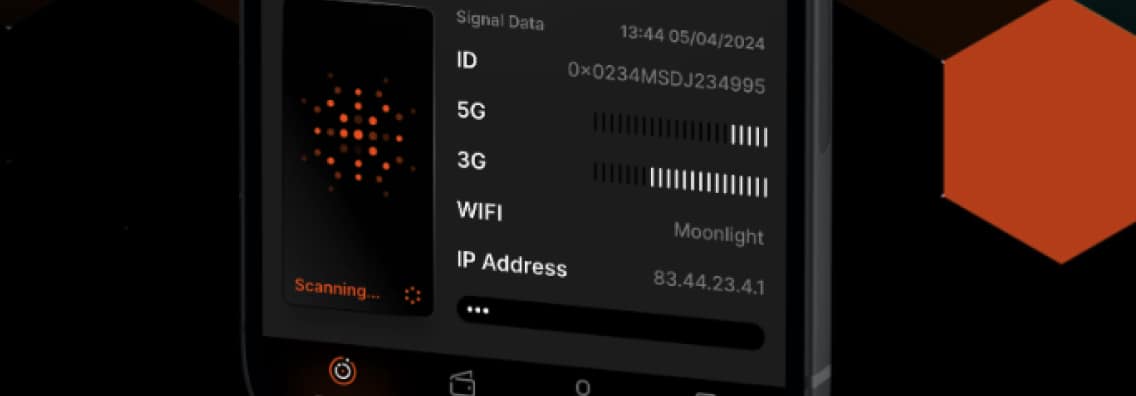
375AI’s ‘Go’ app rewards users for mapping cellular and WiFi signal strength simply by moving through different areas. Your phone collects network data that improves coverage maps used by logistics, urban planning, and navigation—turning daily movement into rewards.
Early adopters report strong results. One user claimed 10,000 EAT tokens (~$450) with an option to double by locking for a year; another earned ~$1,244 worth of tokens. The EAT token launched around $0.04 and has held relatively steady, suggesting that consistent participation and long-term commitment can drive value. Source
Nubila’s token launch goes live
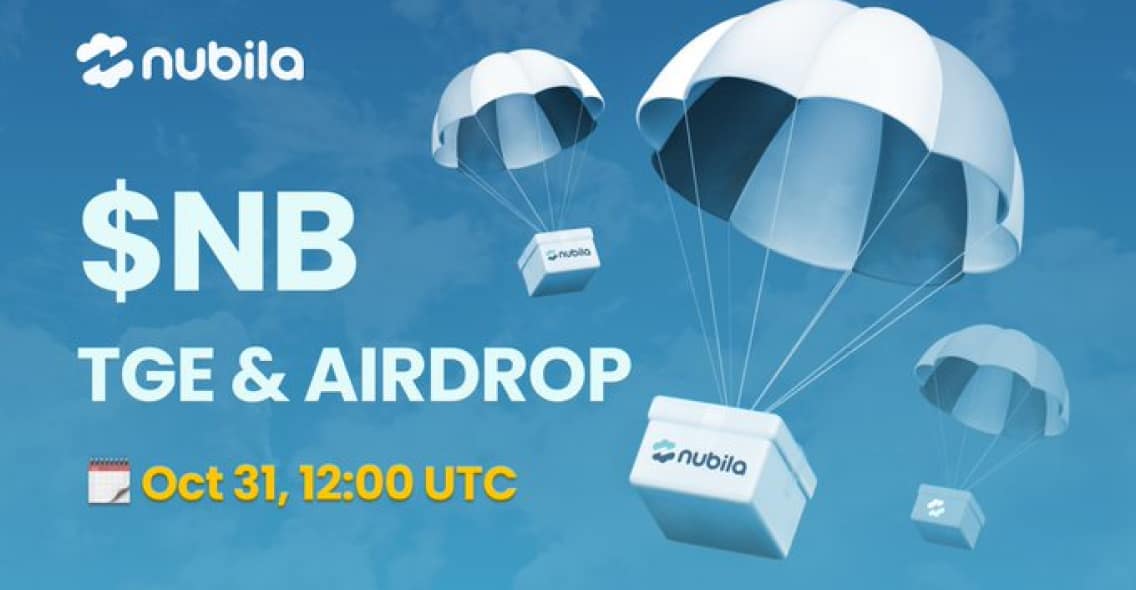
Nubila launched the $NB token (BEP-20) on October 31 at 12:00 UTC with an initial price of $0.09, debuting via Binance Alpha (unavailable to U.S. users) and expanding to DEXs. Airdrop claims open alongside TGE, with points redemption following thereafter. Total supply: 1B tokens. Source
Planning your setup? Moken released a Nubila earnings estimator that now includes the live token price—run numbers for your Node and Marco profitability here.
If you want to participate in securing Nubila’s network, consider running validator nodes: Nubila - Cloud Node, Nubila - Rainy Node, and Nubila - Sunny Node.
Hivemapper unveils MIP-25: Region-based staking
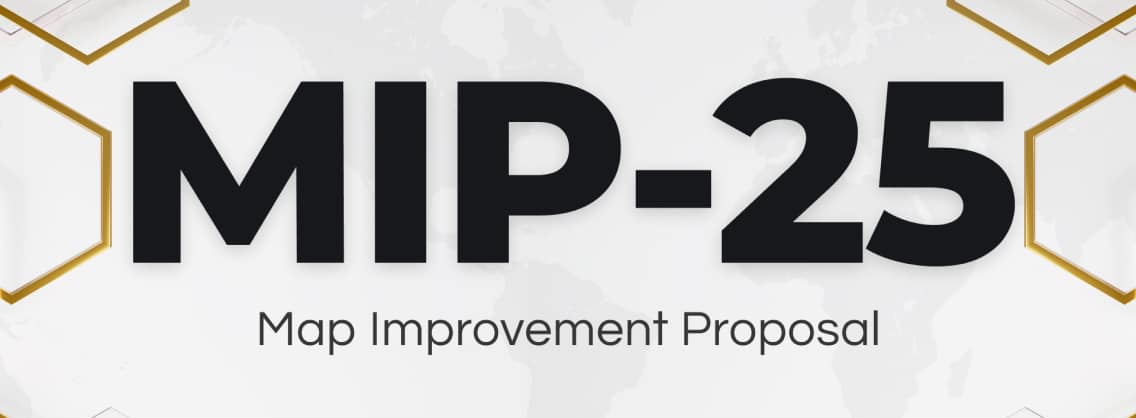
Hivemapper’s new proposal MIP-25 introduces region-based staking, letting users back specific geographic areas and earn HONEY. Each week, 10% of global emissions fund rewards for stakers supporting active regions—split 70% for mapping progress and 30% for network data usage. Unclaimed rewards from inactive regions are burned, tightening supply and rewarding real-world contributions. Weekly epochs, lock-in multipliers, and optional instant unstaking are included. Source
New projects found
HiveBits: Turning beehives into blockchain nodes
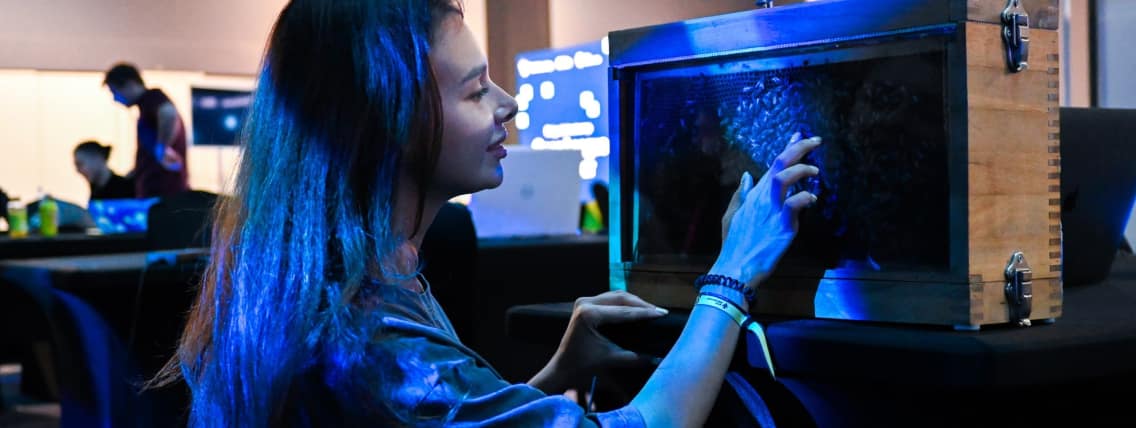
HiveBits links smart beehives to the blockchain using IoT sensors to track temperature, humidity, and bee activity—measuring health and honey production. Node owners earn tokens tied to real-world output, with options to collect honey or profit-share from sales. Presale nodes (~$300) are nearly sold out.
SkyMapper: The world’s first decentralized telescope network

SkyMapper is building a global network of smart telescopes to decentralize astronomical observation, backed by EV3, Volt Capital, and Boost VC (~$3M). Using SkySphere cameras and SkyBridge adapters, users can connect personal telescopes to the network. Led by planetary astronomer Frank Marchis, SkyMapper aims to make space observation collaborative and accessible.
JD’s Take
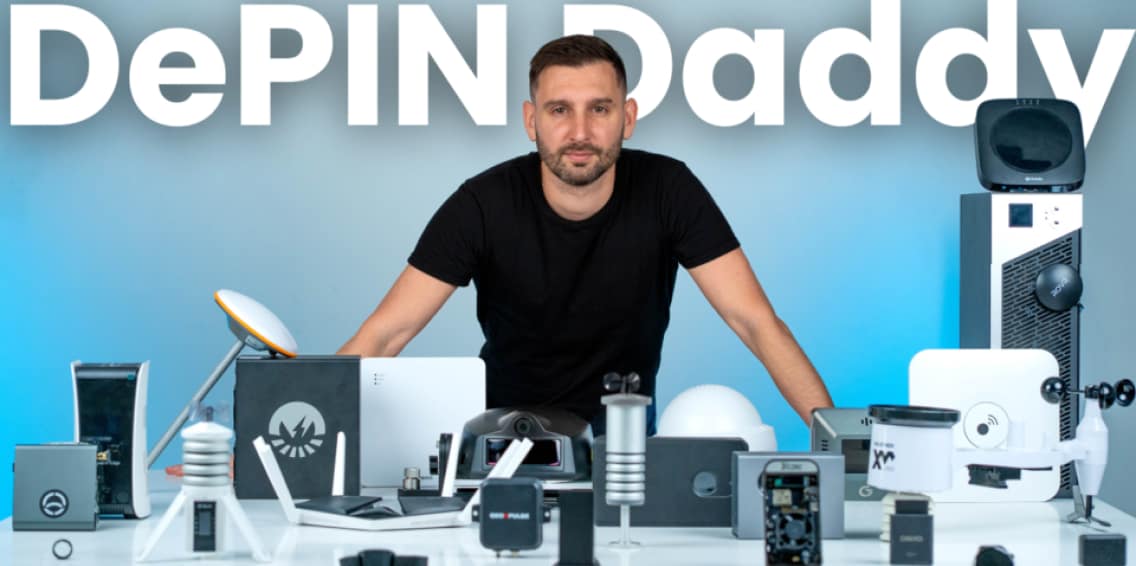
Great to see 375AI and Nubila finally TGE. The Nubila Marco appears to have a reasonable ~1-year ROI. Long delays to TGE can be concerning; if you haven’t tried 375AI yet, it’s free—no-brainer to test.
The two new projects this week are fascinating. HiveBits feels like owning a slice of a honey business—worth a look. SkyMapper is also compelling: if you’re buying a telescope anyway, why not choose one that might pay you to contribute data?

